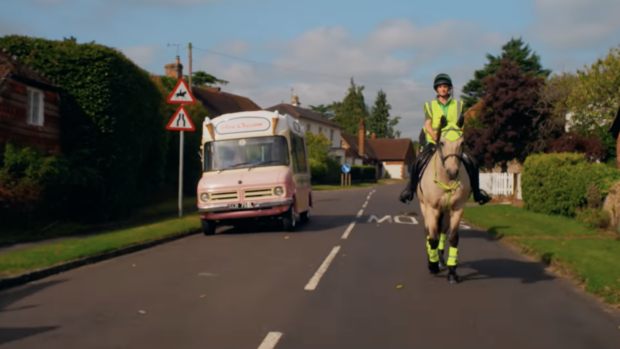The recurrent laryngeal nerves of the horse are the longest nerves in the body.
They emerge from the brain, run all the way down the neck, loop round the great vessels inside the thorax and then run back up the neck to supply the muscles of the larynx.
The left is longer than the right because it passes around the great artery leaving the heart, which only occurs on the left side of the horse.
Paralysis of the muscles at the top of the larynx leads to obstruction of the airway and to roaring, a disabling condition of many performance horses. The left side is usually affected.
We have known for many years that the root problem in roaring is a degenerative disease of the left recurrent laryngeal nerve — a “neuropathy”.
What we have not known is whether this neuropathy is limited to this one nerve, or whether it is happening in other nerves of affected horses without causing any other signs.
If the long nerves to the diaphragm or to the muscles of the gaskin were also mildly affected for instance, there might be no discernable clinical effect.
Scientists in Germany have answered this question by carefully examining the long motor nerves in horses affected by severe roaring.
Their findings come as a surprise: only the recurrent laryngeal nerves are affected by the neuropathy and, in the cases examined, both the left and right nerves were affected.
It is something peculiar to these particular nerves in horses and is not evidence of generalised nerve disease.
More research please.
This article was first published in Horse & Hound (27 November, ’08)




